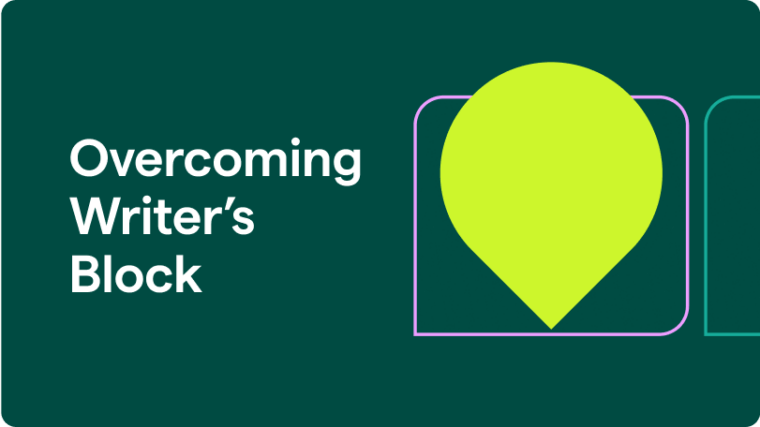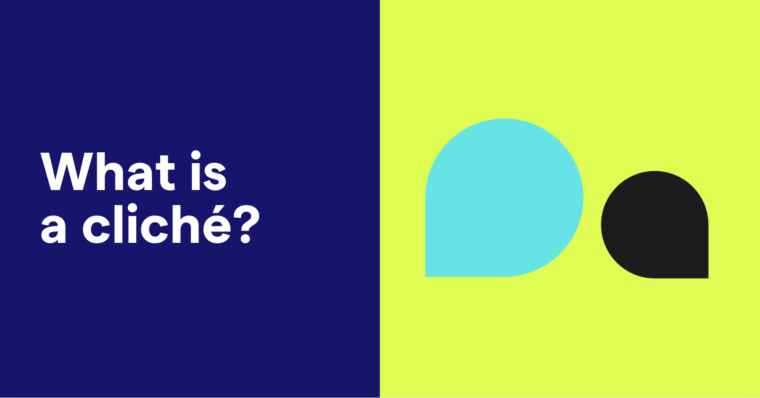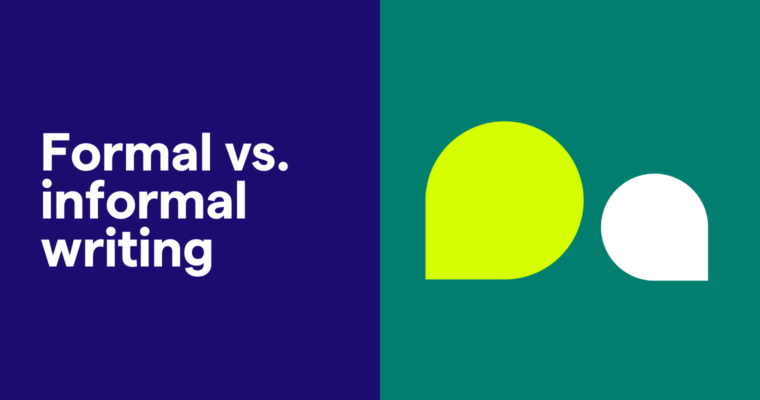
If you want to let someone know how much you appreciate what they’ve done for you or what they’ve given you, the classic way—writing a thank-you card—is still the best, the classiest, and the most appreciated way of expressing gratitude. Lest you forget this, there’s always National Card Reading Day to remind us how fulfilling it is to receive a thank-you card, and how respectful it is to send them. If you’ve never written a thank-you card before, don’t worry—it’s easy to write a great one if you follow the steps below.
Set Aside the Time
Sometimes you might need to write more than one thank-you card. After a wedding, for example, it’s a good idea to send thank-you cards to people who attended or sent gifts. But even if the number of thank-you cards you need to write is relatively small, always set aside enough time to write them. Writing thank-you cards shouldn’t be rushed, and you don’t want to make mistakes in your cards. Consider drafting your messages on scratch paper or your computer first and then copying them into the cards themselves.
Make It Personal
A thank-you card says that you took the time to choose the card, compose the message, write it down, and send it. But if you were to print out your thank-you cards, it would completely ruin the personal touch. That’s why thank-you cards should always be handwritten. Not only that, but they should be handwritten in your nicest writing because there’s no use in writing a thank-you card that the recipient won’t be able to read.
Be Polite
Thank-you cards need to be polite. Don’t start with “Hey You,” even if that’s how you would greet the person on the street. Thank-you cards are a classy way of showing your appreciation for someone’s effort and goodwill, and if you’re going to do it, do it right. Start with “Dear…,” and end with “Sincerely,” or “Yours truly.”
Be Thankful
Being thankful in thank-you cards is more than just a statement, and it should be expressed in more than one sentence. The first sentence of the card should say what you’re thankful for. After that, mention how you are using the thing you’re thankful for or how it has helped you. It’s also a good idea to include a reference to the next time you might see the person you’re writing to, and to state once more that you’re thankful.
Be Pleasant, but Don’t Exaggerate
No matter how thankful you might be, resist the temptation to exaggerate. For example, if you’re writing a thank-you note for a painting you got as a present, saying that it changed the way you think about art might be an exaggeration. On the other hand, saying that you’ve already found a nice place for it on a living room wall demonstrates exactly the right amount of pleasantness expected from a thank-you card.






